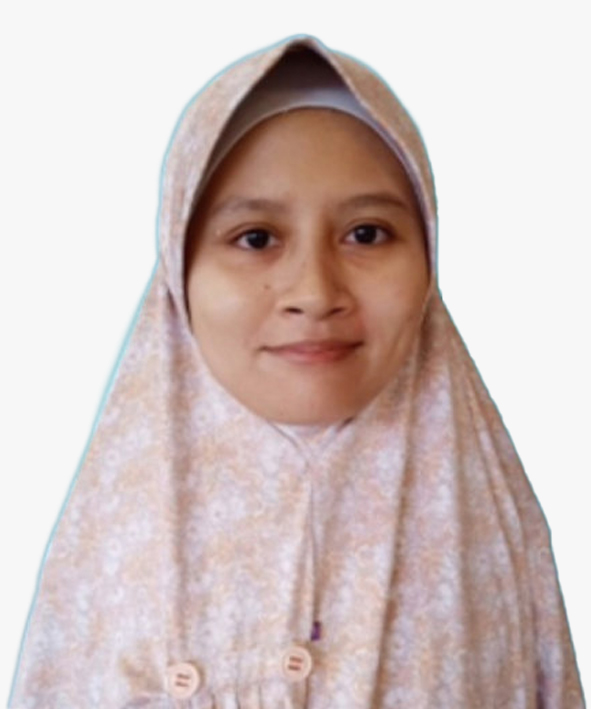Occupation of The Husband is a Risk Factor for Psychological Problems Among Pregnant Immigrant Women in East Belitung, Indonesia
Downloads
Introduction: According to WHO, there are 970 million people in the world who had psychological problems. The prevalence of psychological problems is highest in women (34.5%), and pregnant women who had psychological problems, especially depression, were about 10%, and 13% occurred in postpartum mothers. Psychological disorders in pregnant women might be caused by various factors, including the husband’s occupation and residency status. In order to provide the necessary care to pregnant women, it is important to know whether there is a relationship between a husband’s occupation and demographic status with maternal psychological problems. With this study, the relationship between a husband’s occupation and demographic status with psychological problems of pregnant women in the work area of Manggar Health Center, East Belitung, Indonesia can be analyzed. Methods: The study design was cross-sectional and analytic observation. The study sample consisted of 90 pregnant women (45 primiparous and 45 multiparous), who were randomly selected. The instrument used to collect data was the SRQ. Data from this study were analyzed using the chi-square test. Results: The results showed that the psychological problems in pregnant women were associated with the husband’s occupation (p = 0.018) and demographic status (p = 0.014). Conclusion: There were significant findings on the relationship between a husband’s occupation, pregnant women’s demographic status, and psychological problems.
Copyright (c) 2025 DARMIKA CAROLINE

This work is licensed under a Creative Commons Attribution-ShareAlike 4.0 International License.
1. Copyright of this journal is possession of the Author, by the knowledge of the Editorial Board and Journal Manager, while the moral right of the publication belongs to the author.
2. The journal allows the author(s) to retain publishing rights without restrictions.
3. The articles are published under a Creative Commons Attribution Share-Alike (CC BY-SA) license. Many research funding bodies prefer the CC BY-SA license because it allows for maximum dissemination and re-use of open access materials. Users are free to share (copy, distribute, and transmit) and remix (adapt) the contribution under this license, including for commercial purposes, as long as they attribute the contribution in the manner specified by the author or licensor.
























